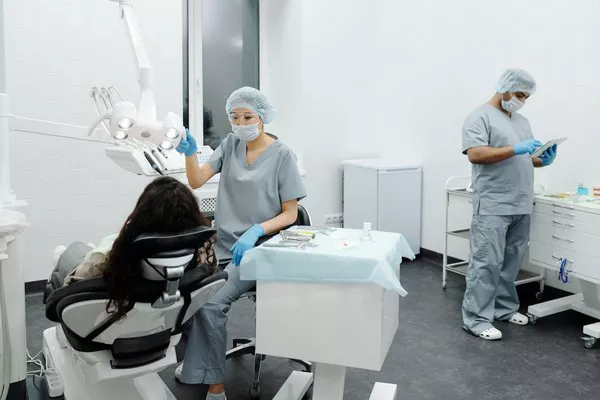After undergoing dental scaling and root planing, it is crucial to follow proper post-treatment care, including dietary considerations. The foods you choose to eat during the healing process can significantly impact your oral health and aid in the recovery of gum tissues. In this article, we will provide a comprehensive guide on what to eat after scaling and root planing to promote optimal healing and support overall oral health.
Importance of Diet After Scaling and Root Planing
Understanding the importance of a post-scaling and root planing diet is essential for maximizing the benefits of the procedure. During scaling and root planing, the gum tissues may become slightly inflamed and sensitive. Therefore, it is crucial to consume foods that are gentle on the gums, easy to chew, and promote healing. A well-balanced diet rich in nutrients can help strengthen the immune system, reduce inflammation, and accelerate the healing process.
What to Eat After Scaling and Root Planing
Soft Foods: Opt for soft, easily chewable foods during the initial days following the procedure. These include cooked vegetables (such as mashed potatoes, steamed carrots, and squash), soups, yogurt, smoothies, scrambled eggs, oatmeal, and soft fruits like bananas and avocados. Avoid crunchy or hard foods that can irritate the gums or cause discomfort.
Protein-Rich Foods:
Consuming adequate protein is vital for tissue repair and healing. Include lean meats (chicken, turkey, fish), beans, lentils, tofu, Greek yogurt, cottage cheese, and eggs in your diet. These sources of protein provide essential amino acids necessary for gum tissue regeneration and overall oral health.
Vitamin C-Rich Foods:
Vitamin C plays a crucial role in collagen synthesis, which is essential for gum tissue health and repair. Include citrus fruits (oranges, grapefruits), berries, kiwi, melons, peppers, broccoli, and leafy greens in your diet to boost your vitamin C intake.
Omega-3 Fatty Acids:
Omega-3 fatty acids have anti-inflammatory properties that can help reduce gum inflammation and promote healing. Include fatty fish (such as salmon, mackerel, sardines), flaxseeds, chia seeds, walnuts, and avocados in your diet to benefit from these healthy fats.
Fiber-Rich Foods:
Consuming fiber-rich foods can aid digestion and help maintain oral hygiene. Opt for whole grains, such as brown rice, quinoa, oats, and whole wheat bread. Additionally, include fibrous fruits and vegetables like apples, pears, broccoli, and leafy greens. These foods stimulate saliva production, which helps wash away bacteria and food particles, promoting gum health.
Hydration:
Drink plenty of water throughout the day to stay hydrated. Water helps flush out toxins, maintains saliva production, and prevents dry mouth, ultimately supporting optimal oral health and healing.
Foods to Avoid After Scaling and Root Planing
While certain foods are beneficial during the healing process, it is equally important to avoid foods that can hinder recovery or irritate the gums. Here are some foods to avoid:
Hard and Crunchy Foods:
Steer clear of hard and crunchy foods like nuts, popcorn, chips, and hard candies. These foods can cause discomfort, increase sensitivity, and potentially damage gum tissues.
Spicy and Acidic Foods:
Spicy foods or those high in acid content, such as citrus fruits, tomatoes, vinegar, and hot sauces, can irritate the gums and cause discomfort. It is best to avoid such foods until the gums have healed adequately.
Sugary and Sticky Foods:
Consumption of sugary and sticky foods should be limited or avoided altogether. These include candies, chocolates, sodas, sugary snacks, and dried fruits. Sugar promotes bacterial growth and can lead to plaque formation and gum inflammation.
Alcohol and Tobacco:
It is advisable to avoid alcohol consumption and tobacco use during the healing process. Both alcohol and tobacco can hinder the body’s natural healing processes and increase the risk of complications.
Maintaining Good Oral Hygiene
In addition to a proper post-scaling and root planing diet, maintaining good oral hygiene practices is crucial for optimal healing and long-term oral health. Follow these essential tips:
Brush Gently:
Use a soft-bristled toothbrush and gently brush your teeth twice a day. Avoid vigorous brushing, especially in areas where the gums are sensitive or healing.
Floss Carefully:
Continue flossing as directed by your dentist. Be cautious when flossing around areas that may be inflamed or tender.
Related Topics:



























